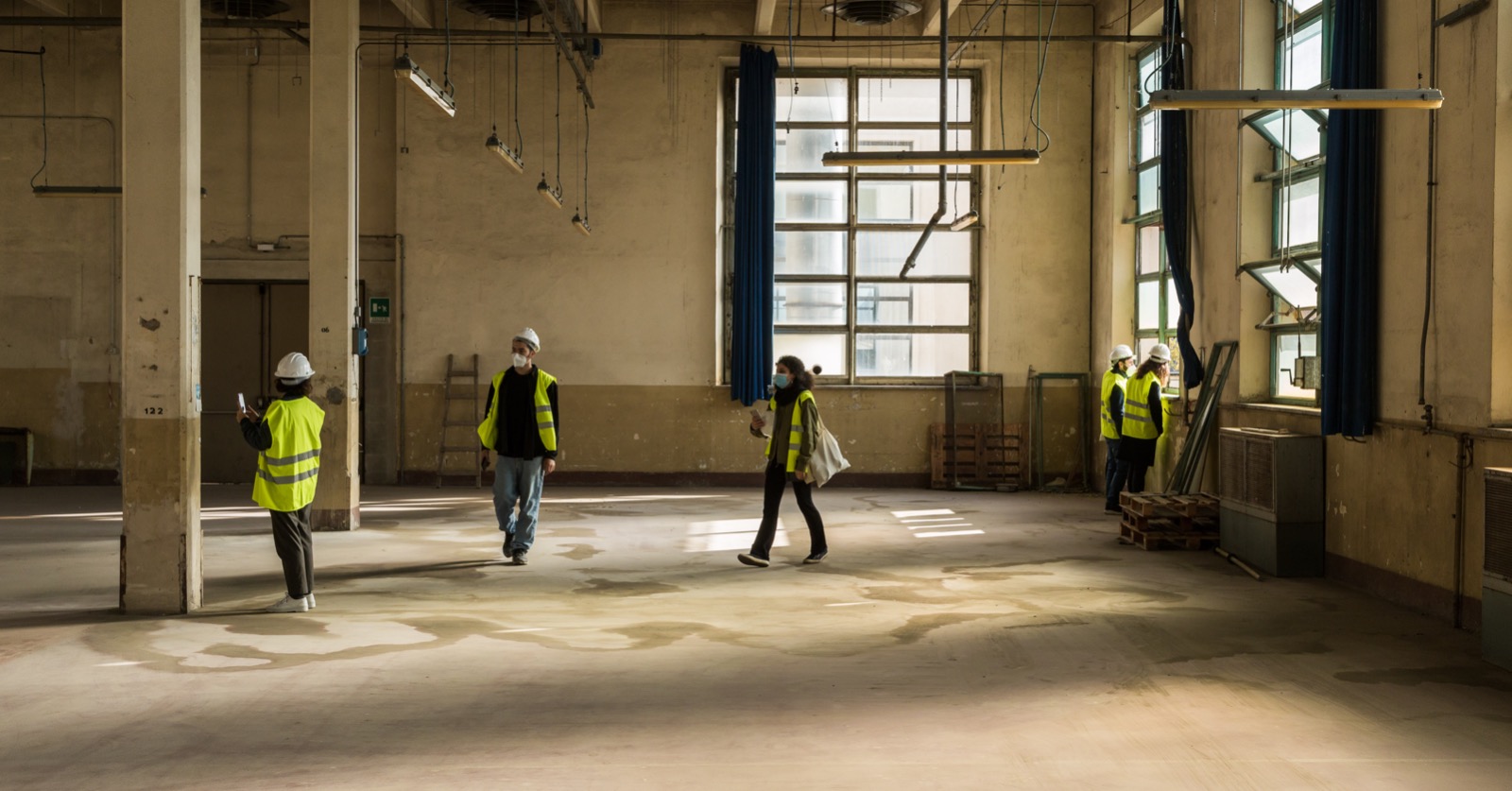Workshop with Rebecca Moccia
‘By working on that which exists and influences reality but cannot be seen, we attempt to render the visible invisible’.
Visiting artist Rebecca Moccia thus enters Manifattura Tabacchi’s spaces at the start of the third workshop of the Armonia Art Residency Programme.
The limits of perception are an integral part of Moccia’s work: ‘my regime of visibility is the opaque – that which is not transparent, the grey area, in which things are submerged in an indistinct zone, they blur into one another and lose their borders’.
Moccia had the Residency participants examine selected texts from essays, such as Memestetica by Valentina Tanni, Hyperobjects by Timothy Morton, and Superfici by Giuliana Bruno.
Red thread is woven through these authors’ thoughts, in which reflections can be found on the metamorphosis of images, reflections which form the core of contemporary artistic research.
The title Moccia chose for this three-day laboratory, ‘Blurring Visibility’, sheds light upon perception as the gradient necessary to activate an artistic object.
Art is no longer created to illustrate a concept, to freeing it from its remote, abstract origin in the mind of the artist: on the contrary, the invisible and obscure become disturbing apparati to the user’s perception. It is only thanks to this procedure that truth can seed itself in the collective reality of what an image is today.
Moccia explains how the digital world has become a veritable physical place — to quote Michel Lussault, a ‘hyperspace’. The Digital is no longer considered a tool for conveying concepts. This newly ‘physical’ space is the field upon which contemporary artists play, in which they both create digital work and document its creation: the digital barrier is a threshold all contemporary artists must cross.


The concept of the obscure has also been used to form an artistic practice in its own right. Two examples are Glitch Art, in which images are created from random distortions generated by software errors, and the video by Hito Steyerl, How to not be seen (2013), in which errors and low resolution images redefine the concept of visibility.
Moccia investigates the possibilities that arise when an image is modified. From the evolution of photography to our perception of reality as influenced by photographic documentation, a new instrument for creating art has emerged, one that is made of intentional errors and uncharted fields.
